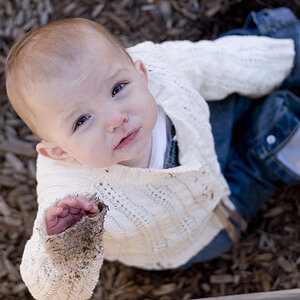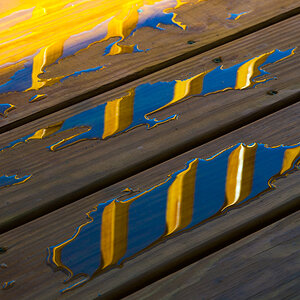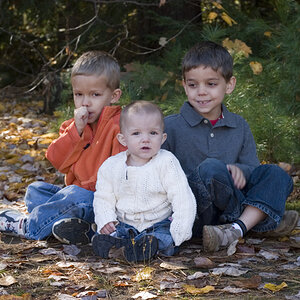- Joined
- Oct 18, 2011
- Messages
- 6,070
- Reaction score
- 2,420
- Location
- Glasgow, Scotland
- Website
- www.petecrawford.co.uk
- Can others edit my Photos
- Photos OK to edit
Hi all,
My best mate has asked me if I could shoot some portrait shots for his CV as he is in a profesional job. The goal will be to try and get some classic pro style studio shots of him suited and booted. Now, I mostly shoot landscapes and wildlife so this is a bit out of my comfort zone, but worst comes to the worst we'll have a laugh and waste a few hours so there's no issues if I make a mess of it and there will not be any kind of payment involved.
Lighting wise I was just going to go for a Rembrant style lighting as the main light shot from the front with a speedlight through a shoot through umbrella, and a reflector on the opposite side to lift the shadows just a little. Not planning on using a hair light as he doesn't have any hair but I'll have a second speedlight there in case we need a little extra light on his shoulders. Ideally the background will be dark grey. Posing I'm not too sure of but I'd like to try and get one shot of him standing and one sitting.
What I'm not sure about is how much room we'll need between him and the background so I'd really appreciate some advice on that so I can choose somewhere suitable to shoot. Also some advise about backgrounds would be very welcome as I've seen a few cheap vinal ones on fleabay that look good but I've no idea if they are any good or not and it's probably not going to be used again.
My best mate has asked me if I could shoot some portrait shots for his CV as he is in a profesional job. The goal will be to try and get some classic pro style studio shots of him suited and booted. Now, I mostly shoot landscapes and wildlife so this is a bit out of my comfort zone, but worst comes to the worst we'll have a laugh and waste a few hours so there's no issues if I make a mess of it and there will not be any kind of payment involved.
Lighting wise I was just going to go for a Rembrant style lighting as the main light shot from the front with a speedlight through a shoot through umbrella, and a reflector on the opposite side to lift the shadows just a little. Not planning on using a hair light as he doesn't have any hair but I'll have a second speedlight there in case we need a little extra light on his shoulders. Ideally the background will be dark grey. Posing I'm not too sure of but I'd like to try and get one shot of him standing and one sitting.
What I'm not sure about is how much room we'll need between him and the background so I'd really appreciate some advice on that so I can choose somewhere suitable to shoot. Also some advise about backgrounds would be very welcome as I've seen a few cheap vinal ones on fleabay that look good but I've no idea if they are any good or not and it's probably not going to be used again.



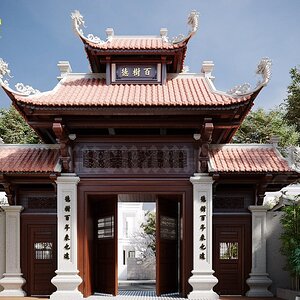
![[No title]](/data/xfmg/thumbnail/41/41757-2c3d7911242848ab00e3e9aaafa24381.jpg?1619739882)
![[No title]](/data/xfmg/thumbnail/42/42456-a5a32b76e115de404d99d09173cd71f2.jpg?1619740191)
![[No title]](/data/xfmg/thumbnail/42/42454-2589290b654fa7e0ffdd794aaa5cbd86.jpg?1619740190)
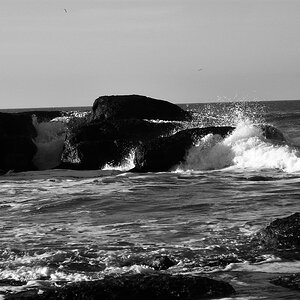
![[No title]](/data/xfmg/thumbnail/42/42457-a2cc06037a1ecaed84b9f0e5366fa8c7.jpg?1619740191)
